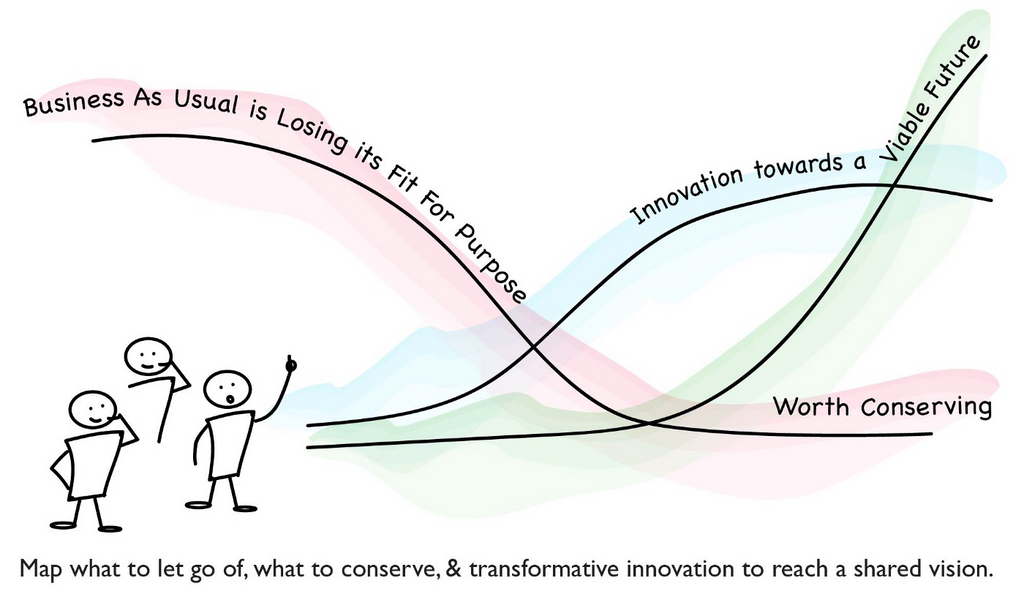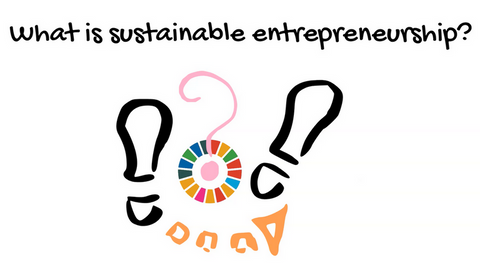INTRINSIC Teaching Approach
What is sustainable entrepreneurship, that we are aiming to educate for?
Sustainable entrepreneurship can be seen as activities, where people with an entrepreneurial mindset engage in identifying, evaluating, developing and implementing ideas, projects, innovations etc. that lead to sustainable development. In the case of INTRINSIC an additional strong focus is on the SDGs. Sustainable entrepreneurship activities in general can be structured along two levels – a basic one and a strong one.
- In its basic form sustainable entrepreneurship is entrepreneurial activity considering economic, psychological, social, and environmental consequences and by this is not undermining the ecological, social and economic environments in which they operate.
- In its more expressed form sustainable entrepreneurship is aiming at solving problems related to sustainability and to create social, environmental and economic sustainability as a strategic objective and purpose by the discovery, creation, and exploitation of entrepreneurial opportunities that contribute to sustainability by generating social, environmental and economic gains for others in society.
Why?
As a basis for a common vision, INTRINSIC applies the three horizon-model of Sharpe et al. (2016) to the idea of sustainable entrepreneurship with a clear focus on the sustainable development goals (SDGs). The three horizons-model (see the image below, source: International Futures Forum - iffpraxis.com and H3Uni - H3Uni.org, CC BY-NC-ND) is a simple and intuitive tool for thinking about the future. It helps to explore systemic patterns which are no longer fit for purpose, but also how emerging trends can be explored to achieve a viable future. According to the three horizons-model this future can be perceived through three lenses:
- Horizon 1: Continue Business as Usual
- Horizon 3: Vision of a Viable Future
- Horizon 2: Innovation towards the Vision

For Whom?
INTRINSIC’s goal is to empower Life Science Teachers to stimulate the development of a sustainable entrepreneurial mindset in their students, that motivates and enables them to
- contribute towards the vision (the SDGs) at horizon 3 by
- ideas, projects, innovations etc. in horizon 2 - by at the same time
- avoiding non-sustainable innovations that might contribute to destructive business as usual – horizon 1 activities.
What?
To educate Life Science students towards a sustainable entrepreneurial mindset, which empowers them to contribute to the third horizon, where the SDGs can be situated as a global shared vision of a liveable future, means to equip them with a set of core competences needed, that involve competences for
- interpersonal interaction,
- for embracing diversity and interdisciplinary,
- for systems thinking,
- for strategic action,
- for normative judgement and
- for foresighted thinking (Ploum et al. 2018).
It is commonly agreed that equipping students with these skills also may contribute to their successful and satisfying career paths in a much broader sense!
Furthermore, all INTRINSIC teaching activities are centered around two main concepts:
- the active identification of an idea, opportunity and development of an artefact (idea, mashup, prototype etc.), and
- collaboration/interaction/exchange between students, teachers and potential stakeholders
How?
To support teachers to implement sustainable entrepreneurship activities in their existing courses and lectures, INTRINSIC provides a Sustainable Entrepreneurship Teaching Model.
